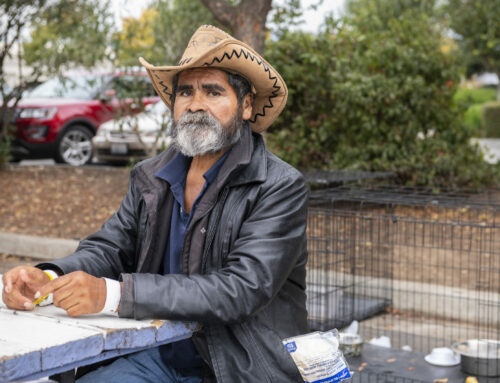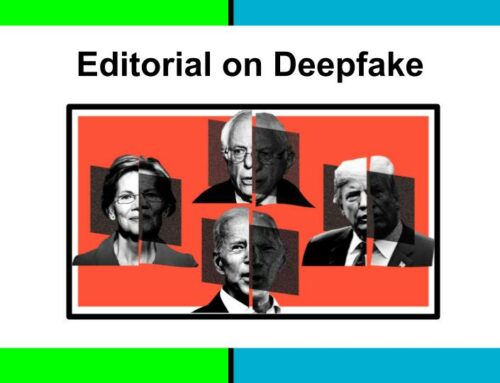Published in the September 13 – September 26, 2017 issue of Morgan Hill Life

In 2015, when the Morgan Hill Unified School District faced a legal challenge to change their election to by-district, I also opposed the idea. At a public meeting, the community was told that the change to by-district elections would make little to no difference in the outcome of their elections. The intent of the CVRA is to remove barriers for ethnic minority candidates to be elected by a majority within their “community of interest.”
The demographer hired by the school district stated the Latino population, the largest minority group within the boundaries, was well integrated into the larger community and there was little chance a district could be carved out to create a majority-minority area. Morgan Hill Unified School District held its first by-district election in 2016. The board of education went from two Latino trustees to one, with one trustee area yielding only one candidate. In this scenario, voters in this area did not benefit from a campaign, and really had no choice between or among candidates.
In a letter to the city of Morgan Hill, the law firm Goldstein, Borgen, Dardarian & Ho stated: “In most elections the candidate(s) of choice of Latino voters have not been the candidates(s) chosen by most non-Latino voters.” The letter goes on to use the example of “racially polarized voting” in the 2014 Santa Clara Valley Water elections where a majority of Latinos in Morgan Hill precincts voted for the losing candidate, Tom Cruz, and most non-Latino voters selected overwhelmingly the winning candidate Dennis Kennedy.
Ironically, I had the pleasure to work with Kennedy throughout his years of public service on many issues directly affecting the Latino community that included efforts to serve day workers as well as matters related to public safety and education. He was one of the founders of the Sister Cities program that promotes cultural awareness and includes San Martin de Hidalgo in Mexico.
What the law firm’s letter failed to recognize in their analysis was the track record of candidates irrespective of their ethnicity in service to their constituencies. I found it interesting that the letter also excluded the election of Latino John Varela to the water board in 2016.
I ran a campaign for a seat on the Morgan Hill City Council in 2016 and lost. I did not run my campaign as a Latino candidate because many issues that face city government are not based on ethnicity. As a first-time candidate, I really enjoyed getting to know the voters in our community from all regions in the city. If the election had been by-district, I could have narrowed my campaign to a smaller, more focused area. However, my message would have been the same. Concerns about growth control, downtown development, the Southeast Quadrant, bringing businesses and jobs into the city, and the impact of the California High-Speed Rail project affect Latino voters and non-Latino voters alike.
Personally, I would love to see an increase of ethnic minority candidates running for public office. Simply moving to by-district elections, however, is not likely to achieve this goal.
Mario Banuelos is a longtime resident of Morgan Hill and was on the General Plan Advisory Committee. He wrote this column for Morgan Hill Life.






